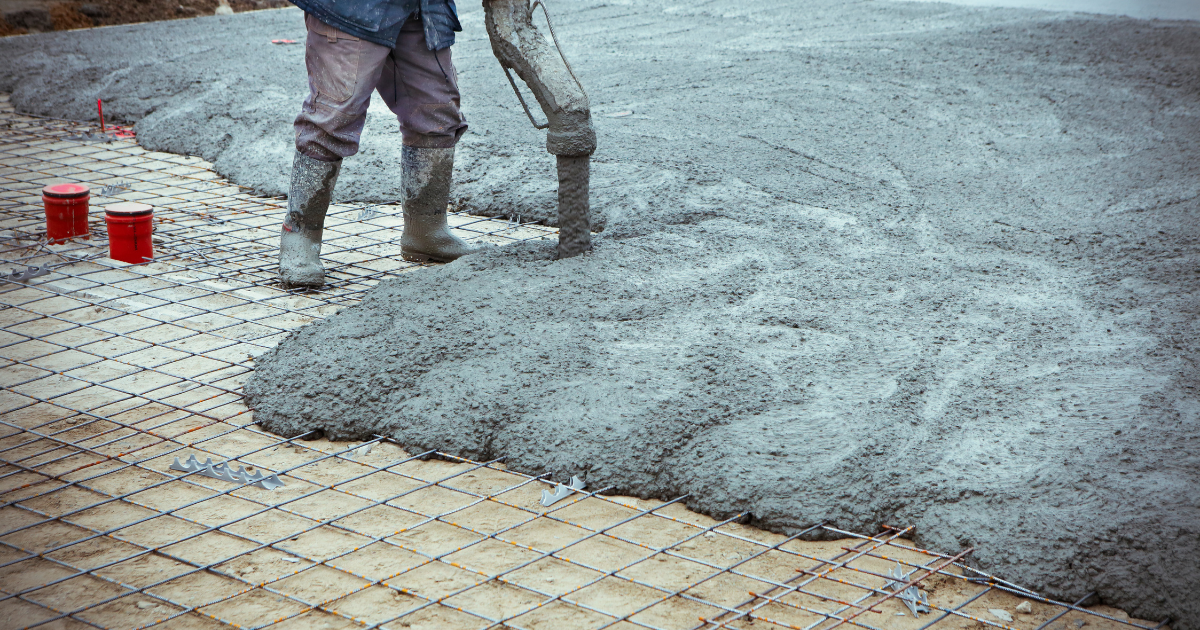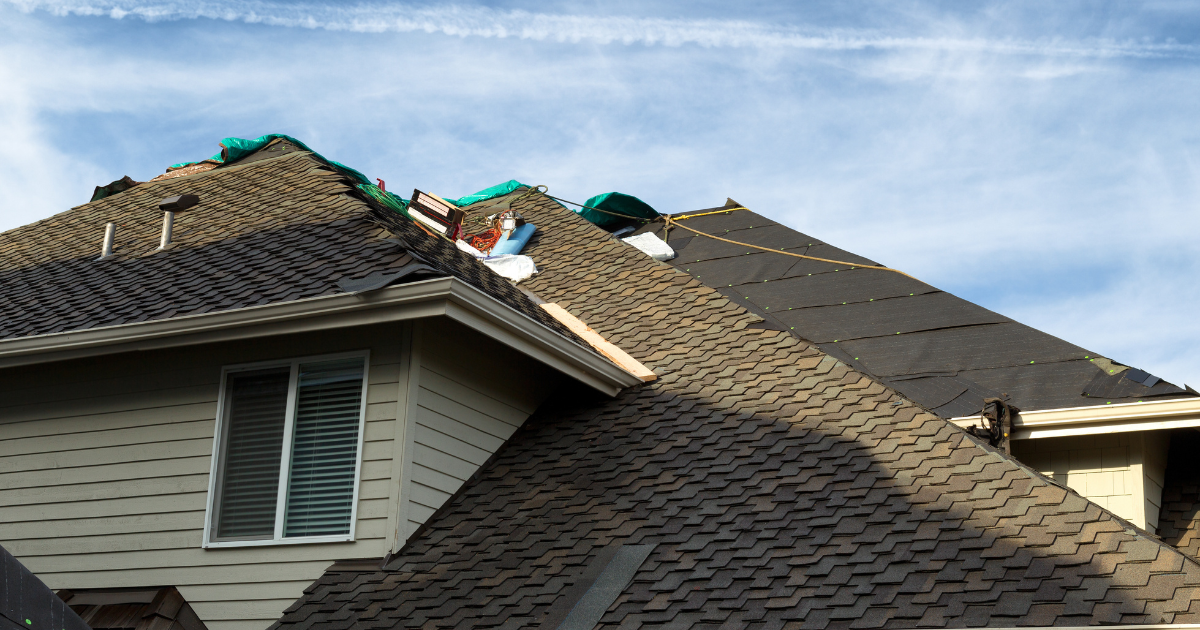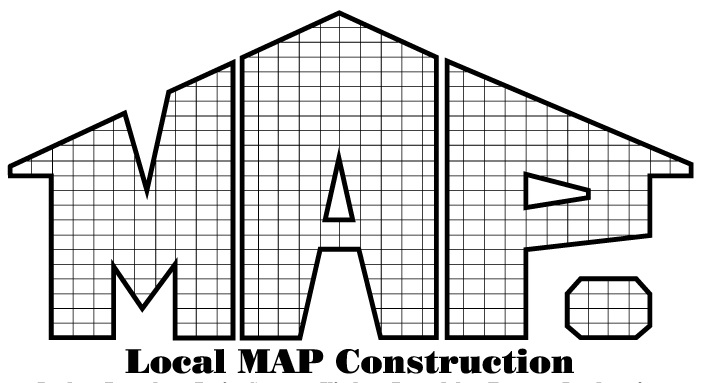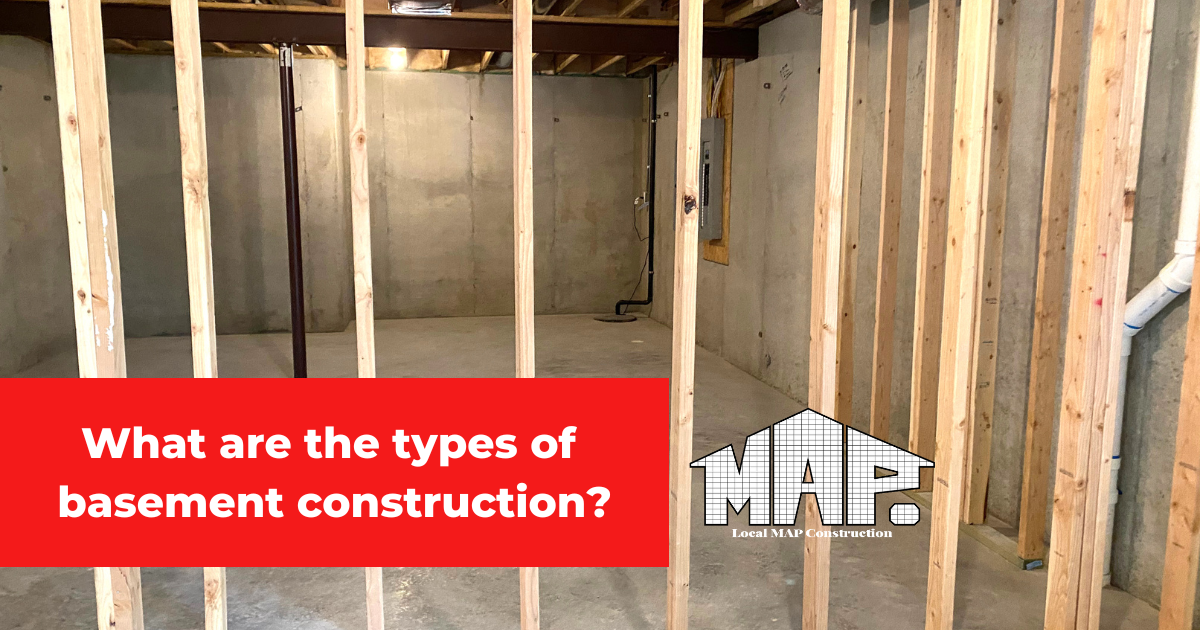Basement finishing is the most common type of home improvement project in Colorado. They can be used for different purposes, including:
- A place to store items you don’t want in your living space.
- An extra room or area where you can entertain guests.
- A storage facility for things like lawnmowers and snowblowers.
The basement is usually built on top of an existing foundation wall. This means it will have its flooring and walls. It also has access from outside through a basement window or doors. If there isn’t enough room above ground level for all these features, the basement may need to be dug out below grade. In this case, the new basement would not have any exterior walls but would connect with the rest of the house via interior hallways.
Table of Contents
ToggleWhen it comes to basement buildings, there are two main types: crawl space and full basement. Each has its benefits and drawbacks, so choosing the right one for your home is important. Crawl space is easier and cheaper to build but more susceptible to moisture and pests. Full basements are more expensive and challenging but offer more headroom and storage space. Foundation repairs are also more familiar with crawl spaces since they are located beneath the ground level. Ultimately, the type of basement you choose should be based on your specific needs and budget.
There are three main ways to build a basement:
1) Foundation Wall – This method involves building a concrete slab over the existing soil. No additional support structure is needed because the slab provides structural strength. However, if the ground underneath is unstable, the slab must be reinforced by adding steel beams.
2) Footings – These provide stability under the slab. They consist of wood planks across joists that run parallel to each other. Each plank rests directly on top of two adjacent posts.
3) Framed Walls – These are similar to footings, except they use metal framing rather than wooden boards. Metal frames are more robust than wood, requiring less reinforcement when installed.
The differences between basement construction types
Let’s look at the common types of basements and how they differ from each other:
Concrete block
A concrete block or brick wall is the cheapest option if you’re into saving money but still want to include an underground room. They are also easy to install and won’t take very long. Steel reinforcement bars would then be added to strengthen the floor and walls.
The downside to concrete blocks is that you’ll be more likely to see leaks in your basement than if you used drywall. Water can sometimes get between the blocks and the wall joint where they meet.
Precast panel basement
This common type of basement would save money and time on the building site, and many new residential buildings increasingly use precast panels. In addition to being more robust, it can also be cheaper because it will have few repairs and doesn’t require any additional materials. You can see damage along the joint where the floor encounters the wall if anything, but it’s a strong choice and is made from a cement mixture that is more water-resistant over time.
Poured concrete basement
Today’s popular basement option is the poured concrete basement, the most common basement type and the one most people choose. While it takes longer to complete than using precast concrete blocks, you’ll enjoy the benefits of having the most robust basement possible.

A concrete slab floor can be poured into the ground without additional framing. Once the concrete has dried, steel reinforcing rods are embedded to make it strong enough to support loads placed upon it. Concrete walls can also be built directly onto the slab floor, creating a seamless shift between indoor and outdoor living spaces.
Masonry Wall Basements
Creating a basement using masonry walls can be one of the cheapest options. These walls are often made of concrete masonry units (CMUs), also known as cinder blocks. The larger size and hollow interior of these materials help save time during construction. For added strength, the contractor may reinforce these materials with steel rebar and poured concrete. The hollow insets of the CMUs allow the contractor to pour the concrete into the center, saving both time and money.
Stone or Clay Tile
Another solution is what old houses used, brick and mortar walls. Clay tiles were used because they were the only material available, which was a good solution. If you bought a house with this kind of wall and built around it, you would have problems with moisture getting inside, which can lead to water damage. You can fix that by putting in a perimeter drain system, in any case.
Do you need a basement?

As any homeowner knows, additional living space is always a plus. Whether you’re looking for additional space or a larger kitchen, an extra room can be valuable. However, if you’re considering adding a basement space to your home, there are a few things to consider:
First, the basement structure can be expensive and time-consuming in your home construction.
Secondly, depending on your basement type, you may need to deal with additional moisture issues, such as water leaks on your basement floor.
Finally, basements can be dark and cramped, making them less than ideal for some activities.
Ultimately, whether or not a basement is suitable for your home construction depends on your exact needs and preferences. But a basement can be worthwhile if you want additional living space.
Design and structural considerations
Consider the basement foundation and how much square footage you’d like to devote to storing items versus having a comfortable living space when deciding on a basement type. Also, consider what kind of activities you’d like to conduct here. For example, does it make sense to install a pool table or bar-b-que pit? Would you like a complete bathroom? Will you ever actually use the finished space? Will it have enough crawl space for the plumbing and wiring? The answers to these questions should help determine whether or not you need a basement at all.
If you decide to go ahead with constructing one, please remember that the basement design process requires careful planning. First, choose a location based on drainage, slope, and accessibility. Next, figure out precisely what size and shape you’re looking for. Finally, select a suitable material and get started!
Making sure that you get the basement that you want
To ensure that your basement meets your expectations, ask yourself several key questions before starting work. What type of finish do I want? How big can my basement be? Where am I going to put everything? Once you’ve answered those questions, you can decide the best construction type for your basement.
For instance, if you know that you don’t want to store anything inside the basement, you won’t need to worry about installing a ceiling. Instead, you could build a basement wall around an open area where you can walk freely without fearing tripping hazards. However, if you have kids who will play games or watch movies there, you may want to add a floor above ground level. In this case, you should install a framed basement wall instead of a foundation.
Another important decision concerns the type of roofing system you want to employ. There are two main options available: flat roofs and pitched roofs. Flat roofs are easier to maintain but tend to have a water leak over time. Pitched roofs, on the other hand, provide better protection against water damage while also being aesthetically pleasing.

Once you’ve made your final choice, you must find a trusted structural engineer or basement contractor and start to build your basement. To begin, lay out the room’s perimeter using stakes and string.
Unfinished basement
An unfinished basement is a partially constructed existing basement without any exterior walls. It may have windows, doors, stairs, etc., but there isn’t enough room inside to call it an actual “basement.” To turn this area into an existing basement, you will need to build interior walls and ceilings.
Partially finished basement
A partially finished basement has an outside wall, flooring, ceiling, insulation, drain system, electrical outlets, lighting fixtures, heating/cooling systems, and possibly even concrete walls. Depending on your budget and personal preferences, you can finish the basement or hire someone else to complete the project.
Fully finished basement – retrofit
A fully finished basement can also be called a “retrofit” basement. You must remove the flooring above your existing foundation wall to create an actual basement. Then, you must add new supports beneath the slab before installing drywall and insulation. Once everything has been completed, you can finish the rest of the basement using whatever type of surface finish you prefer.

Finding a contractor for basement construction
There are several ways to find a reputable basement contractor. One option would be to ask around among your neighbors who’ve had work done by contractors in the past. Another way would be to check online reviews sites. Still, another method would be to contact local home improvement stores and request referrals.
If you’re in Northern Colorado and looking for a reliable general contractor who can quickly and safely get your basement construction done, you should call Local Map Construction at 720-635-2941 or send an e-mail to get a response ASAP.
Here are the best basement construction steps that will surely improve your life.

